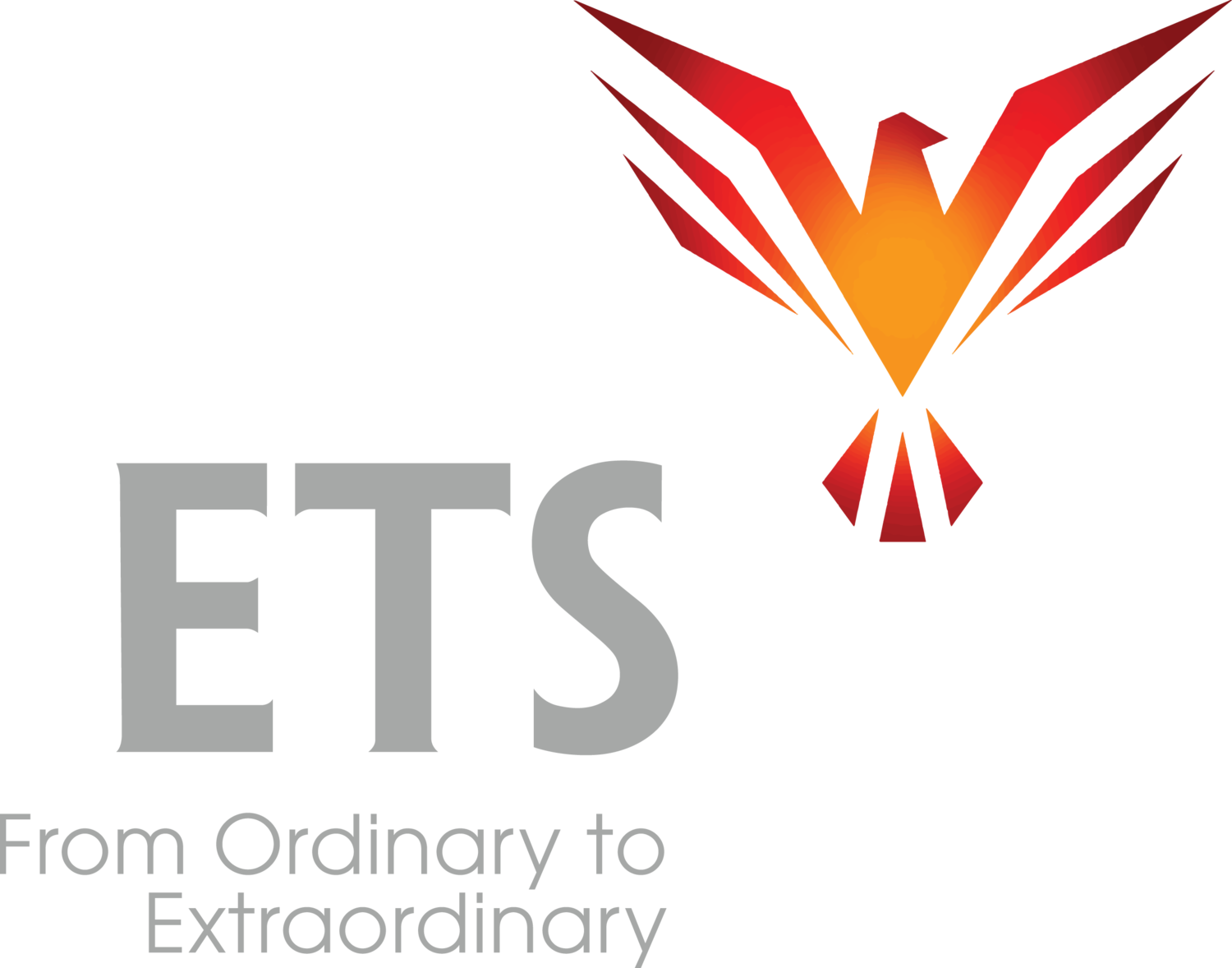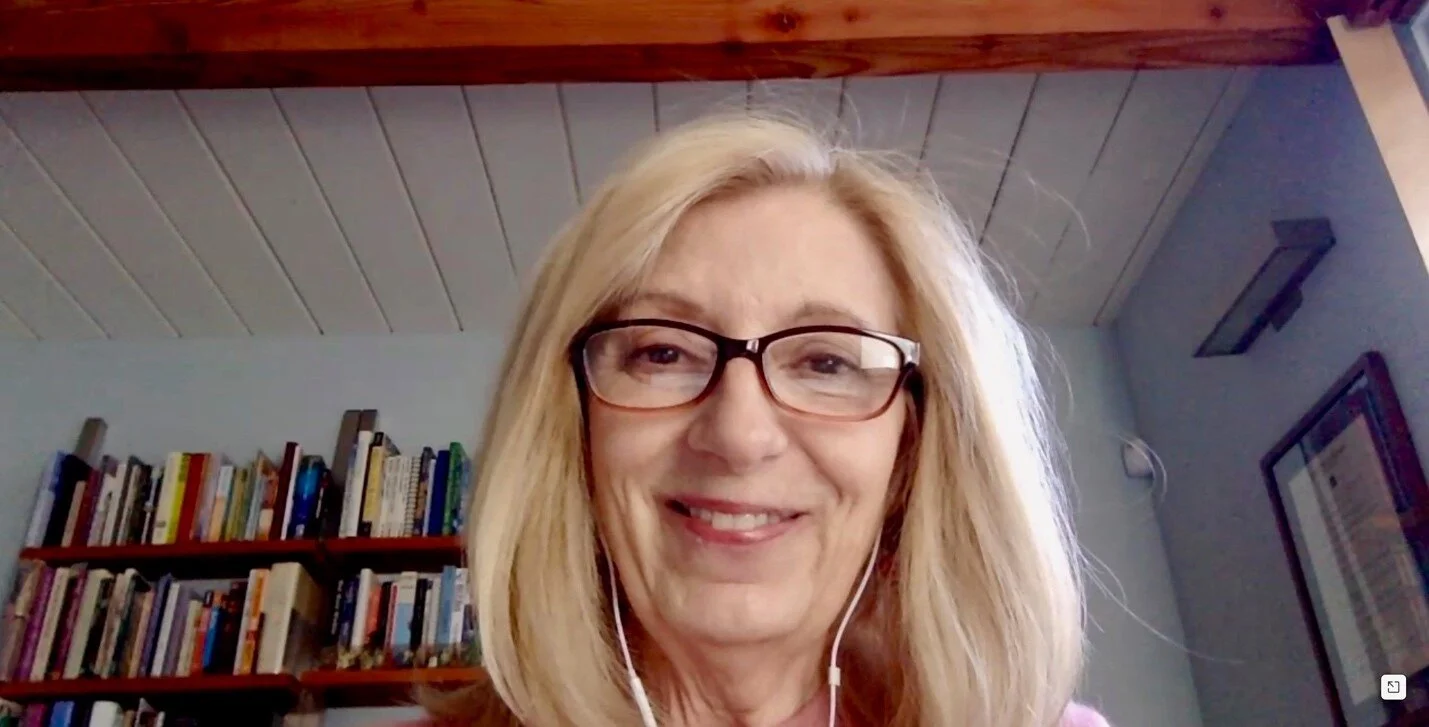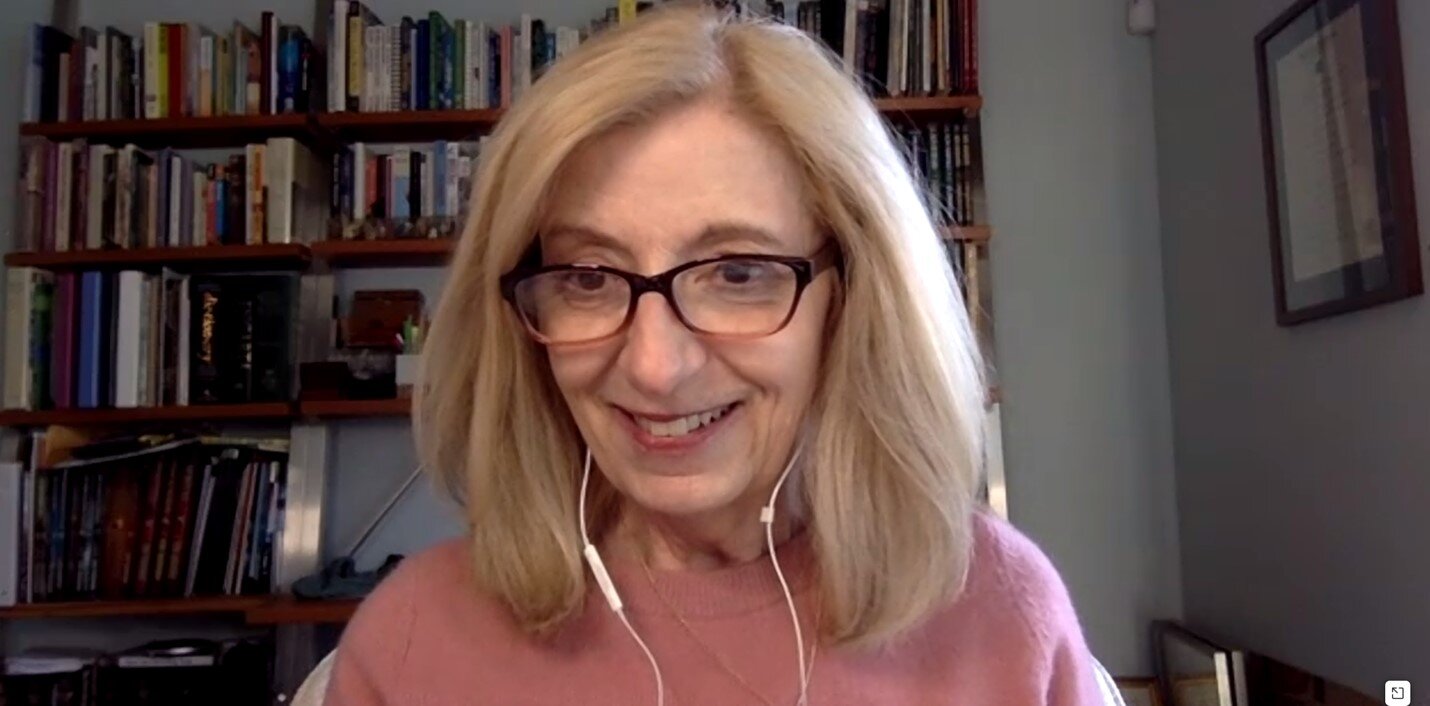Do you have a favorite photo of you?
If you’re like most people, you have many photos of you that you’re not crazy about, and a small handful you like. That photo you do like captures for forever something wonderful about you. It’s the one photo of you that makes even you smile.
A really good photographer knows how to bring that out in you. That’s what I do in teaching people virtual presentation skills. Bring it out. In this article I want to help you see WHY you like that photo of you and not others.
This will help you create more photos you like, but the reason I’m focusing on this is that the same principle applies to creating powerful communication virtually, especially when you’re giving virtual presentations.
I’m going to use Marc as an example. Marc is a senior executive I coached this week, helping him prepare for a presentation he’ll be making with thousands watching. The two reasons people are listening to Marc are interest in his content and his position in the organization.
As a technical leader, Marc is extremely knowledgeable and has great technical content. Marc also has a great strategy, and he’s innovative. None of these come across.
It comes across dry. Fine for the first 3 minutes, then disappointingly uninspiring. He can’t wait for it to be over, and neither can you.
How do you bring out the charisma of someone like this?
Let me bridge back to you and talk about how do you bring it out of yourself?
Well first let me tell you how NOT to do it.
You know when someone’s taking your picture and they tell you to smile? What are you feeling at that moment? Pretty awful, right? Like you’re forcing yourself to smile when you’re not feeling it. You’re FORCING that smile. You hold it until the camera clicks. And then you drop it.
When you do that, your smile looks fake. It doesn’t match the look in your eyes.
The look in your eyes is THE most powerful, THE most important, aspect of your body language there is.
People ask me all the time if body language is important. My answer is an unqualified YES! But we have to look at WHERE it comes from.
If you work on the superficial, your body language will be terrible because it’s fake, like you see in the bad photo which captures your fake body language and freezes it in time for you.
Let me repeat this. The look in your eyes is THE most powerful, THE most important, aspect of your body.
Whether you are in person and even MORE so when you’re virtual!
When your smile doesn’t MATCH your eyes, whether in a photo, an in-person conversation or a presentation, you DON’T look good. I don’t even need to see you to tell you I’m 100% certain of that.
The other thing that happens when someone tells you to smile for the camera, is that you get self-conscious.
Self-conscious literally means too conscious or aware of yourself. It means you’re putting your attention on yourself.
Having attention on yourself VIOLATES every principle of powerful and effective communication.
Imagine watching your arm while you play tennis. How well will you play?
If you look back at that photo of yourself that you really like, what was your attention on?
What were you thinking?
Most importantly, what were you feeling?
I have no doubt you had no attention on yourself and you were filled with a powerful feeling. Right?
And it showed in your EYES.
An empty smile will NEVER create the effect we’re looking for.
It’s not in your mouth. It’s in your eyes.
You want your eyes to speak.
Film stars in silent movies knew this very well. They didn’t have sound to carry them. They spoke with their eyes.
How you do that is by what you’re thinking and what you’re feeling.
Let me make a point here. Your eyes speak whether you want them to or not. If you’re feeling any anxiety, if you’re even a little bit self-conscious, believe me your eyes are speaking that out to the world.
I have a photo of me I really like. I’m in India with 225 students. They’re each doing individual exercises. I’m wearing a beautiful Indian salwar (gorgeous silk tunic over fabulously elegant pants). I’m holding a clipboard loosely in my right arm and my left hand is on my hip. I’m closely observing a young student as he works on his assignment. I’m utterly absorbed in him and the look of pure love on my face floods the photo. This photo captures timeless beauty.
Genuine and great affinity for the person or persons you’re talking to is what puts that beautiful look in your eyes and makes you look good, makes you beautiful or handsome. And, very importantly, makes others respond.
I coach many senior executives. Only a small percent of them have sufficient affinity to be called charismatic.
I’m like the photographer who can draw the charisma out. I draw their affinity out.
I do this by coaching them on what’s in their core. Not superficial facial expressions or hand gestures, but their core, which is the true fountain, the true source, of charisma.
Going back to Marc, he looks like two different people in his “before” and “after” videos.
In his “before” video, Marc’s eyes are dead. They’re not cold, just lifeless. He smiles occasionally, but his eyes have no life.
In his “after” video, Marc’s eyes are filled with great warmth, they’re smiling, twinkling even. The look in his eyes fills you with great warmth for him.
This can ONLY happen with genuine feelings of affinity. You will never be successful faking it or forcing it. It has to be REALLY happening inside you.
It comes from inside you, moves to your eyes and then to your smile.
Marrying Marc’s incredible content with charisma created a leader whose communication is inspiring. I guarantee if you see him talk, you’ll find yourself smiling without even realizing you’re doing it, a smile that starts before you even have time to think about it. It starts the moment he starts speaking.
Which brings me to another point.
Many people have momentary bursts of affinity in their presentations. A small burst at the beginning, one or max two brief bursts in the middle and occasionally a tiny burst when they’re leaving. They’re all momentary and over in a flash.
Very few maintain powerful affinity throughout their entire talk. You can see it in their eyes. No life in the eyes throughout most of their presentation.
The key is to start STRONG and CONTINUE that affinity throughout your entire presentation. Of course that feeling will still have very natural peaks and valleys, but in a much HIGHER range of feeling that brings out the BEST in you.
My inbox is full of emails from students I coached last week, telling me that already this week they’re getting incredible results and the feedback they’re receiving is that they’re now “Amazing!”
Nothing makes me happier than helping someone who wants to reach others with their ideas achieve their goal. Nothing makes me happier than filling the world with great communicators. Nothing makes me happier than helping people be amazing. If we do this enough, we’ll have an amazing world.
Be the cause!



















